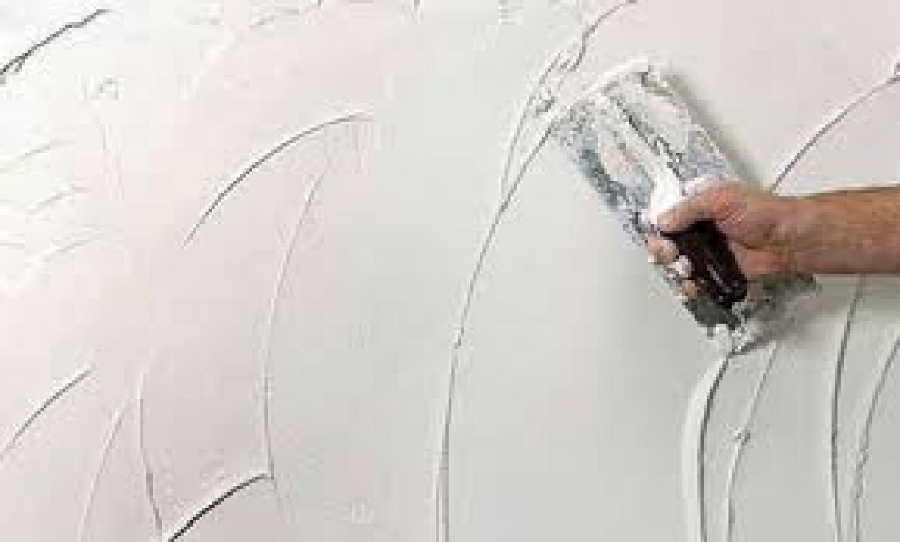Gypsum is mainly used for processing materials. It involves in building materials, mostly produces plaster of Paris for making decorative features in the house and for plastering the walls. Gypsum plaster takes part in the manufacturing process of writing chalk, making plotter moulds, in surgical splints, in raising the hardness of the water and also in the manufacture of ordinary Portland cement.
Raw materials consumption
Gypsum can be processed with basic equipment and techniques on a large and industrialized scale. Deposits of gypsum rock or sand are taken for the preparation of gypsum. Raw gypsum is heated up to dissolve the portion of chemically combined water; this results in gypsum plaster. When the gypsum material is recombined with soil sets like cement and it is very helpful in the construction process. During the production time, the temperature of the plaster ranges from 120 to 160 and the higher temperature kilns are not required for binding purpose.
Properties of gypsum plaster
Gypsum plaster process varies according to the method of production. Plaster takes up simple processing and burning techniques along with the varying amount of hemihydrates, ash, and anhydrite with some sand, silt and clay. Gypsum sets very easily when mixed up with water. The only small amount of water should be mixed and use it immediately. Otherwise, the gypsum plaster will become stiff in about five minutes and after sometimes it becomes rigid. Gypsum plaster is a durable and hard material; it is used in many building applications
Production processes
There are five different stages in gypsum processing, excavation is carried out by digging out the nearby area, where the gypsum materials are placed using opencast techniques. The gypsum rocks should be crushed before using in the processing method. It takes place by heating in a pan rather than shaft kin. Crushing the gypsum rock will make the product more uniform and consumes less energy while heating. Screening process removes the improper grains through a manual or motor-driven method.
Grinding and heating gypsum plaster
Grinding is necessary and it takes place in the rod or hammer mill. Gypsum grinding is important if it is manufacturing for high-quality plastic work or medical application. Relatively soft gypsum should be pulverized in agricultural mills. Heating is done by different technologies but the simplest method is to heat a gypsum rock by placing the stone and take fuel in the mould or a shallow pit and drop it in the ground and burn it.
Manipulation and handling process
Gypsum plaster is mixed up with the sand and the water to provide a suitable mixing for plastering the wall and ceilings. In stabilized soil blocks, gypsum plaster is used as a soil stabilizer. Gypsum based mortars and plaster is made up of two or three-volume of sand and one volume of gypsum with sufficient water are added to make the mix perfectly workable one. Wall blocks need one volume of gypsum plaster to one volume of sand and one volume of water to two volumes of gravel. Gypsum plaster also produces decorative panels along with fibers and cast modules.










